New homeowner survey unveils the most regrettable interior trends – do you agree?
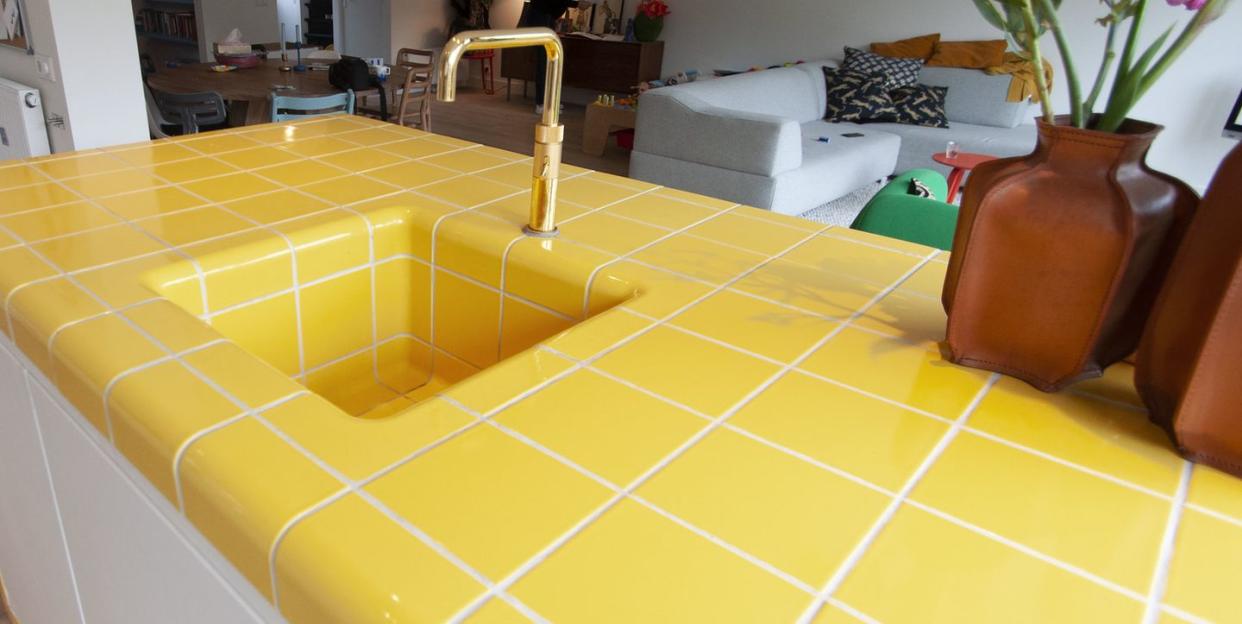
Homeowners update their space no fewer than five times a year on average, making improvements to suit changing lifestyles, to fix repairs, or to increase a property's value before selling. For serial decorators, it's simply a case of updating interiors to make our homes feel contemporary, but as it turns out, it doesn't always fare well.
While some design trends prove to be timeless, Checkatrade's latest survey (polling 2,000 UK homeowners) has revealed some of the most regrettable interior design choices of the past 25 years. According to the results, 39 per cent have regretted a home improvement, and nearly one in 10 felt regret within a year of the update.
Do you agree with the following home improvement faux pas?
1. Carpeted bathrooms
Carpeted bathrooms has been voted the most regrettable interior trend of the past 25 years, with 40 per cent of the vote. The experts at Checkatrade go so far as to question whether there is a home design decision more 'universally loathed'.
Considering these rooms are full of steam, get wet, and need regular intensive cleaning, a floor made of soft textiles was always going to be a bad idea, right? 'Carpets should never have been put in the bathroom as they can absorb water/damp from when the shower is used, which causes smells,' says Brett Knowles, a plumber at BK Plumbing.
Just earlier this year, David Harbour and Lily Allen opened the doors of their Brooklyn home to Architectural Digest. Maximalist in style, their home is filled with eccentric colours, patterned wallpaper, statement furniture and a carpeted bathroom; the latter of which went viral. Stranger Things actor David later hit back at the social media backlash. 'There's a romance to a carpeted bathroom. [You feel like you're] in Paris in the 20s,' he said.
2. Textured ceilings
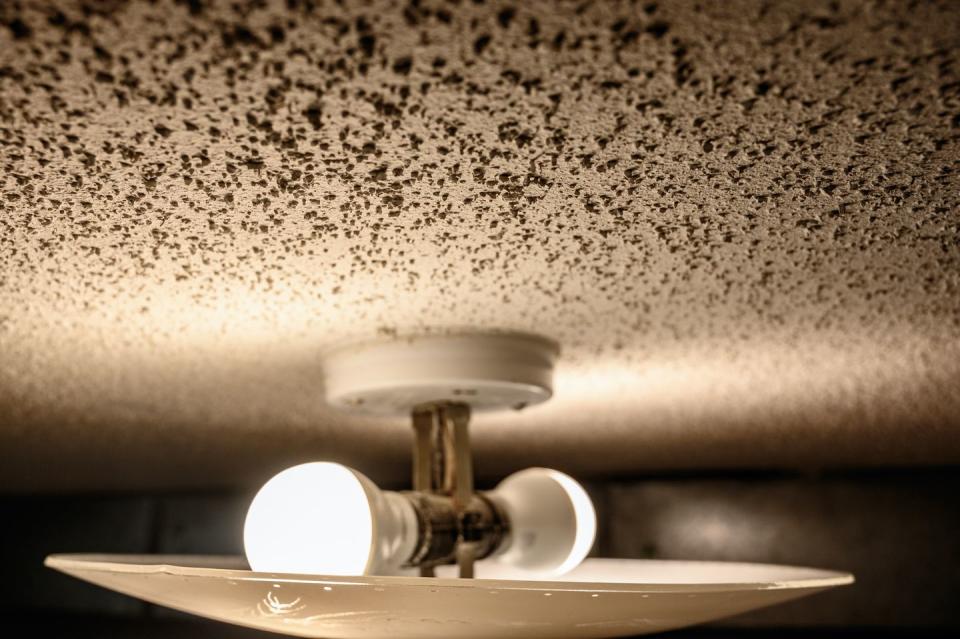
Some 32 per cent regretted decorating their ceilings with a textured finish, such as comb, popcorn and orange peel. It's a practical solution – as in it can hide imperfections, absorb sound and create a feeling of added depth, but perhaps one that should be left in the 70s.
3. Dark wood panelling
This one is a little more surprising. Wall panelling has become the Instagram trend over the last few years, but specifically, dark wood panelling appears to have fallen out of favour, according to 23 per cent of homeowners. These days, most of us prefer our interiors to be decorated either in a light neutral palette or with colour.
But when used minimally and balanced with lots of warm colour and soft lighting, dark wooden panelling can still hold its own in a living space.
4. Animal print
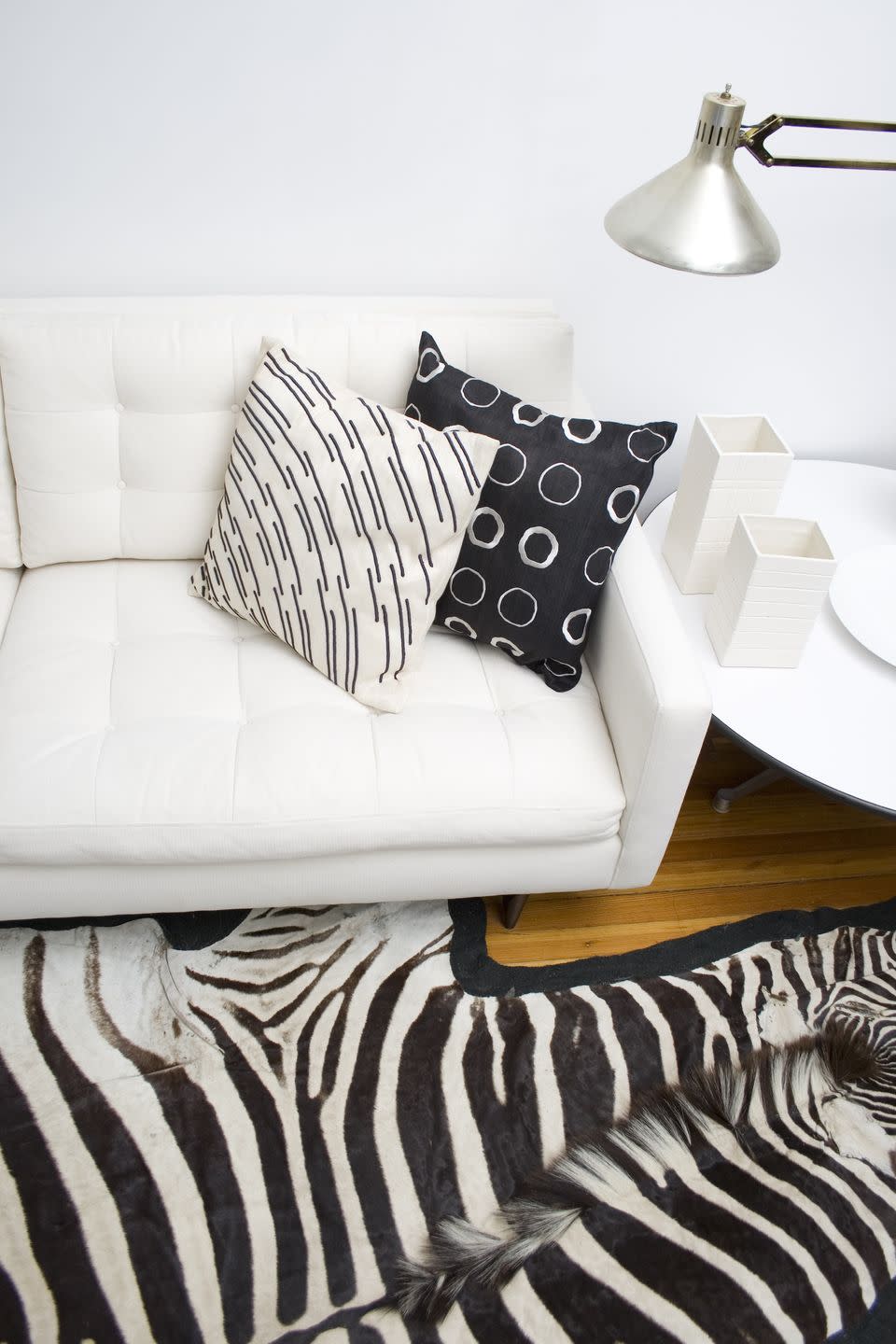
Animal print is a bit like marmite – traditionally symbolic of wealth and status, it became popular in bohemian circles in the 1960s, and boomed again in the late 90s. For some, animal print still evokes fun, glamour and luxury. For others, who are fully embracing minimalism, animal print feels outdated, garish and busy. Some 21 per cent regretted decorating their home with it, Checkatrade reveals.
Even if you're not a maximalist at heart, leopard or zebra print can work in small doses. House of Hackney have some excellent options, much loved by some very stylish celebs, such as Pearl Lowe. Kate Moss is also well known for her penchant for leopard print, and as they say, if it's good enough for Kate...
5. Sponge-painted walls
Popular in the late 90s and early noughties, 15 per cent regretted partaking in the sponge-painted wall trend. Understandably so, it was a quick and easy way to add texture and interest to a wall, as well as hide flaws. It's far less appealing today, compared to the more subtle and popular limewash technique.
6. Wall stencils
Another (once fashionable) way of quickly and cheaply transforming a wall is with stencils, also popular in the early noughties. According to Checkatrade, 14 per cent regret adding a stencilled feature wall in their home.
7. Exposed brickwork
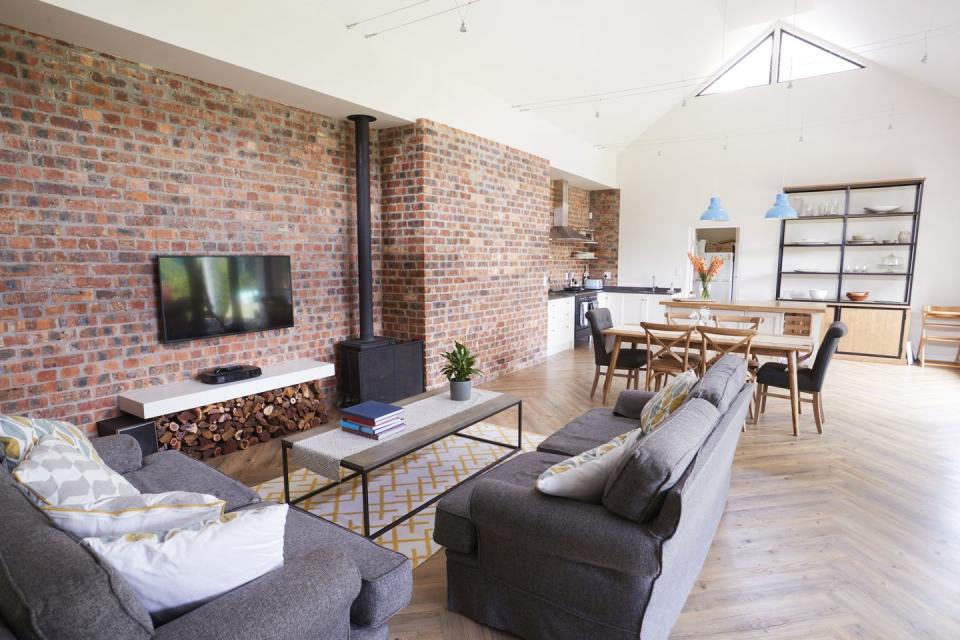
Also making the list, 13 per cent of those surveyed who chose to embrace an exposed brick wall (imitating the industrial New York loft style) have come to wish they didn't.
Poor insulation may be at the root of this stat – an exposed brick wall can look stylish in the right setting (albeit its starkness is not to everyone's taste), but amidst high energy costs and our better awareness of what makes an eco-friendly home, choosing something energy inefficient for its visual appeal may be a thing of the past.
8. Linoleum flooring
The most common kitchen and bathroom flooring used from the late 1800s through to the 1950s, linoleum experienced a bit of a comeback in the late 90s. This was largely because it was deemed the less synthetic alternative to the very popular vinyl (while vinyl is mostly made of plastic, linoleum is a mix of compressed cork dust, linseed oil and other natural substances).
Unfortunately, lino never managed to quite shake off its reputation for being synonymous with institutional flooring (very much giving office, school or hospital vibes) – so much that 12 per cent regret installing lino flooring.
9. Neon lighting
Word art had a boom in the mid noughties to the late 2010s – remember the infamous 'live, laugh, love' slogan that hung in many a kitchen? Well, those who added neon lighting into the mix have since regretted it. Bright and playful, the novelty of living with a fluorescent glow has worn off for 12 per cent of those surveyed.
10. Tiled countertops
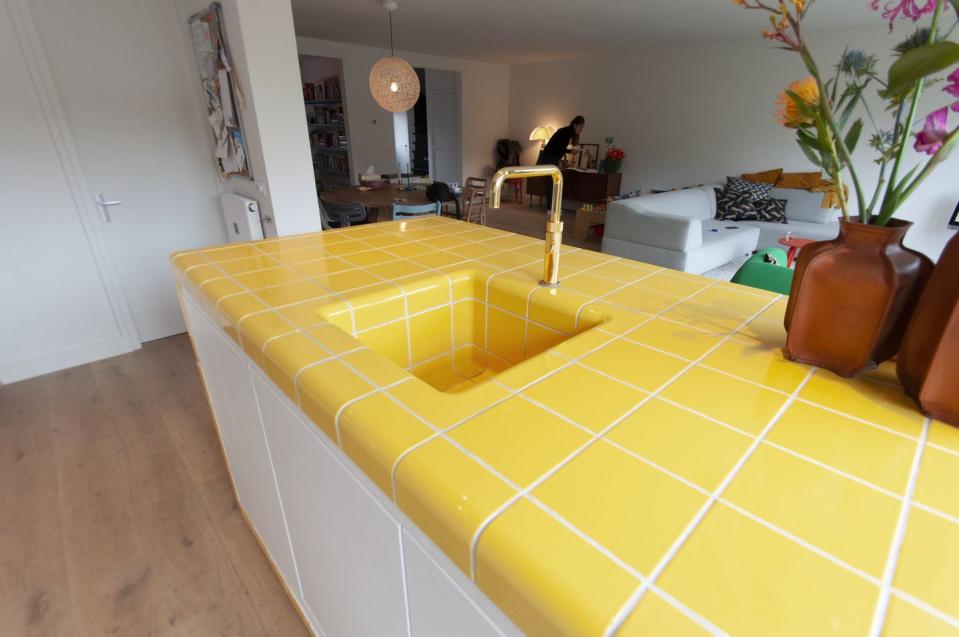
In the 90s, it was common to see kitchens finished with tiled countertops. As an easy and affordable way to add colour and pattern to cabinetry, it's easy to see why it became a big thing.
Unfortunately, the grouting in between tiling is a tricky to clean, plus it requires regular redoing – this may be why 11 per cent of homeowners came to regret this decision, going for more durable and easy-to-clean options like quartz and granite.
Follow House Beautiful on TikTok and Instagram.
You Might Also Like



